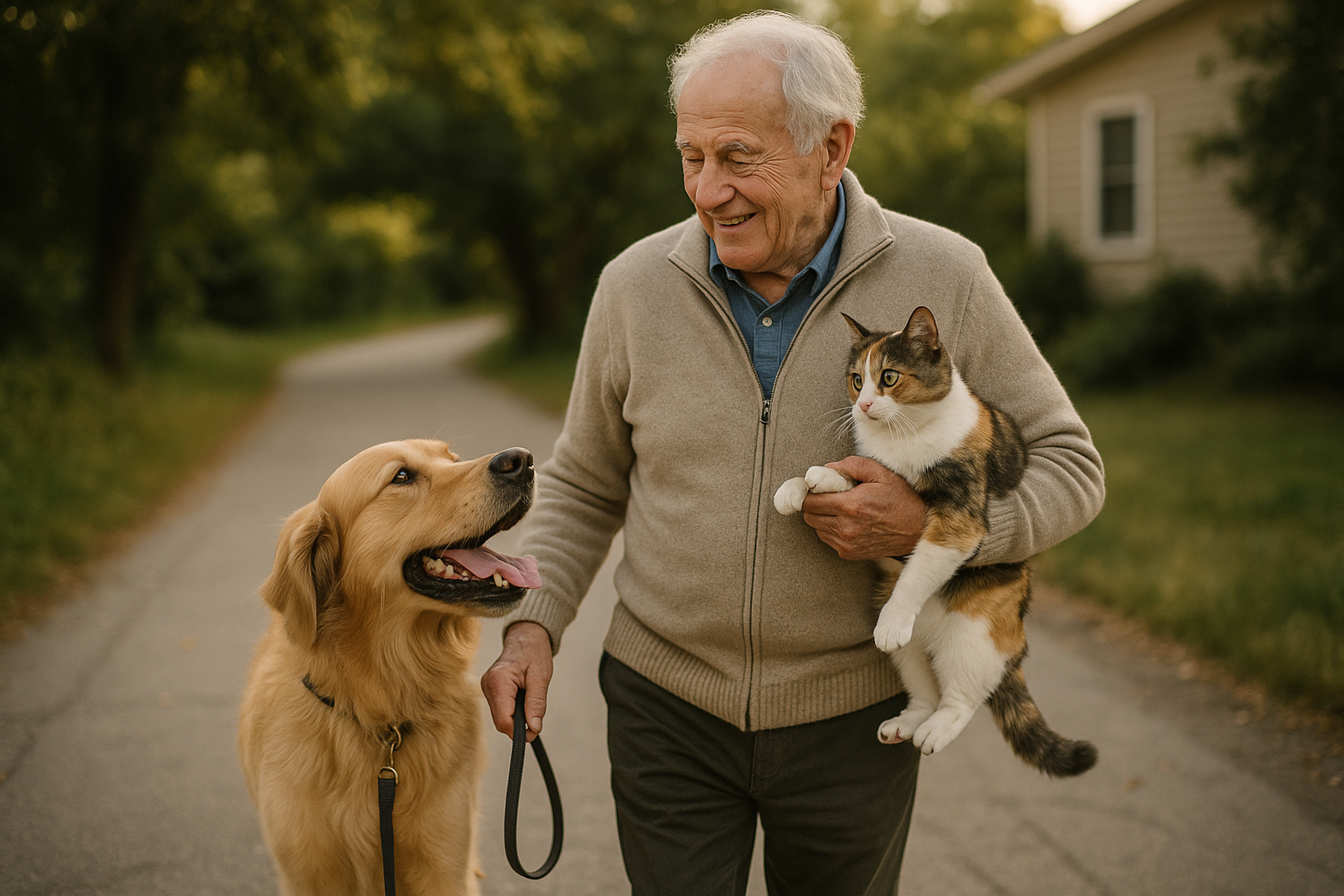Stress-minimizing travel and outing strategies
Effective strategies to minimize stress for animals during travel and outings emphasize preparation, gradual exposure, and attention to individual needs. This overview highlights practical steps—comfort items, routine adjustments, grooming and nutrition tips, and safety checks—to support calmer, safer trips for companions.

Travel and outings can be stressful for many animals, but thoughtful planning and incremental training reduce anxiety and improve safety. Preparing carriers, packing familiar items, and planning breaks helps pets maintain routines. Paying attention to nutrition timing, grooming needs, and veterinary requirements before a trip creates smoother experiences. The following sections cover practical strategies across companion care, training, health, and enrichment to keep travel calm and predictable.
How can companion comfort reduce travel stress?
Familiarity is a powerful calming tool. Use an item that smells like home—blanket, toy, or worn clothing—to line carriers or car seats. For social animals, allow time for gentle interaction before departure: short, calm petting sessions or quiet play reaffirms bonds and lowers cortisol. Maintain routine feeding and bathroom schedules as closely as possible; sudden changes to timing can trigger agitation. For seniors or animals with mobility concerns, choose low-step carriers or ramps and allow extra time for boarding and disembarking to avoid rushed handling that raises stress.
What grooming steps help before and during outings?
A clean, comfortable coat reduces physical discomfort that can amplify travel anxiety. Light brushing removes excess hair and prevents matting that pulls on skin during movement. Trim nails a day or two before travel to avoid snagging, and check for any skin irritations that might become more painful while confined. For long trips, bring grooming wipes and a brush for quick touch-ups at stops. If your pet is prone to motion sickness, avoid heavy grooming or baths immediately before travel, as a damp coat can be uncomfortable and chilly.
How should nutrition be managed for trips?
Feed smaller, familiar meals several hours before departure to minimize motion sickness. Sudden diet changes before travel can upset digestion and increase stress. Pack the animal’s usual food, measured portions, and treats for positive reinforcement during breaks. Keep fresh water available, offering sips at regular intervals rather than large quantities at once. For extended outings, plan feeding and bathroom breaks into the itinerary to keep energy steady and avoid accidents that cause anxiety.
Which training techniques ease travel-related behavior?
Desensitization and counterconditioning are effective: expose animals gradually to travel cues such as carriers, car seats, or crate doors, pairing each exposure with high-value treats and calm praise. Short, frequent practice sessions are better than long, infrequent ones. For car travel, begin with stationary time in the vehicle, then progress to short drives before longer trips. Teach reliable cues for entering carriers and remaining calm using consistent commands. If separation anxiety or extreme fear persists, consult a professional trainer or behaviorist for tailored plans.
What veterinary and safety measures are essential?
Ensure vaccinations, microchipping, and updated identification are in order ahead of travel. Carry a small medical kit with basic supplies and any medications, noting dosing schedules. For animals with health concerns, visit the veterinarian for a pre-trip check and discuss motion sickness remedies or anxiety management options. Use secure harnesses, travel crates, or carriers that meet safety standards for vehicles and aircraft. Check local regulations for vaccination or entry requirements when traveling across regions or borders.
How can enrichment and socialization be used on outings?
Short, positive experiences in varied environments build resilience. Offer supervised opportunities for socialization in quiet, controlled settings to avoid overwhelming encounters. Provide enrichment during stops: puzzle feeders, chew toys, or scent games can distract and relax. Schedule breaks to let animals stretch and explore at their own pace. For seniors, adjust activity to mobility levels and give extra rest time. Monitor body language closely—yawning, lip licking, or tucked posture indicate rising stress and signal the need for a pause.
Conclusion
Minimizing stress during travel and outings combines practical preparation, consistent routines, and attention to individual needs. Integrating companion comforts, grooming essentials, nutrition planning, targeted training, veterinary preparedness, and on-the-go enrichment creates predictable, calmer experiences. Observing each animal’s signals and progressing gradually helps build positive associations with travel, reducing anxiety over time and improving safety for both animals and their people.





